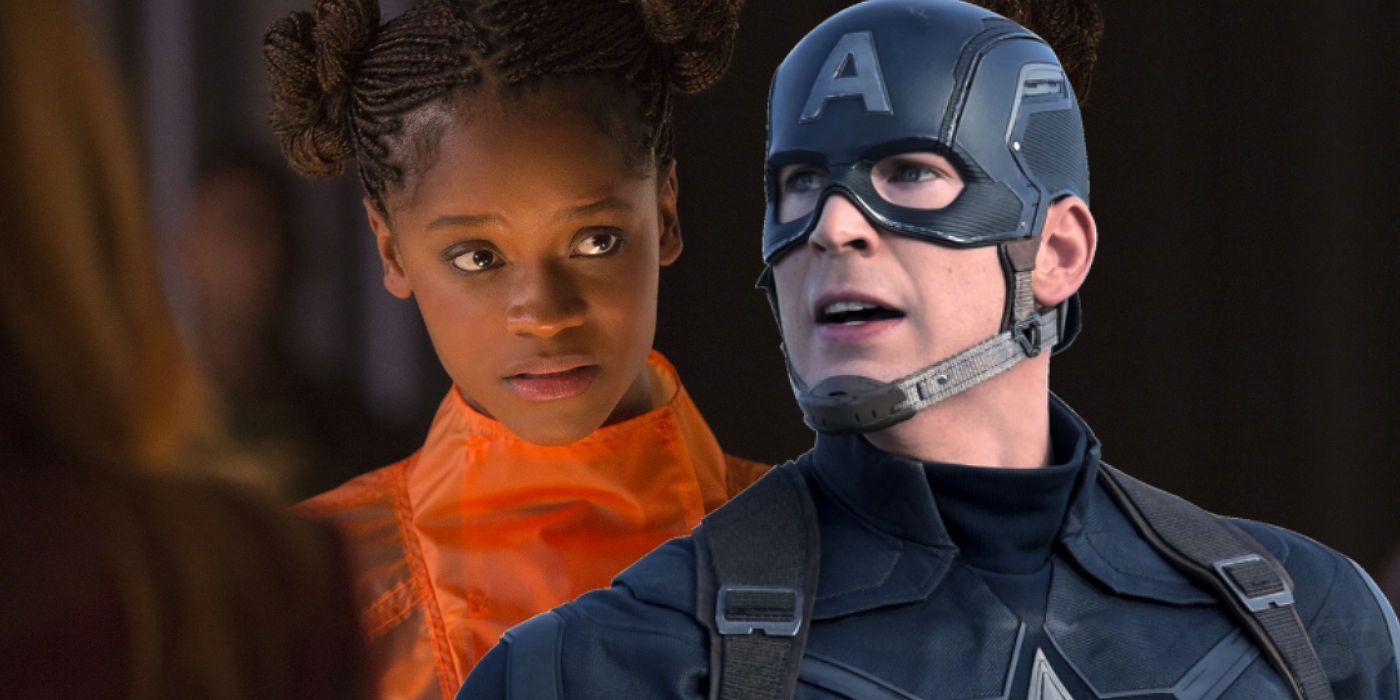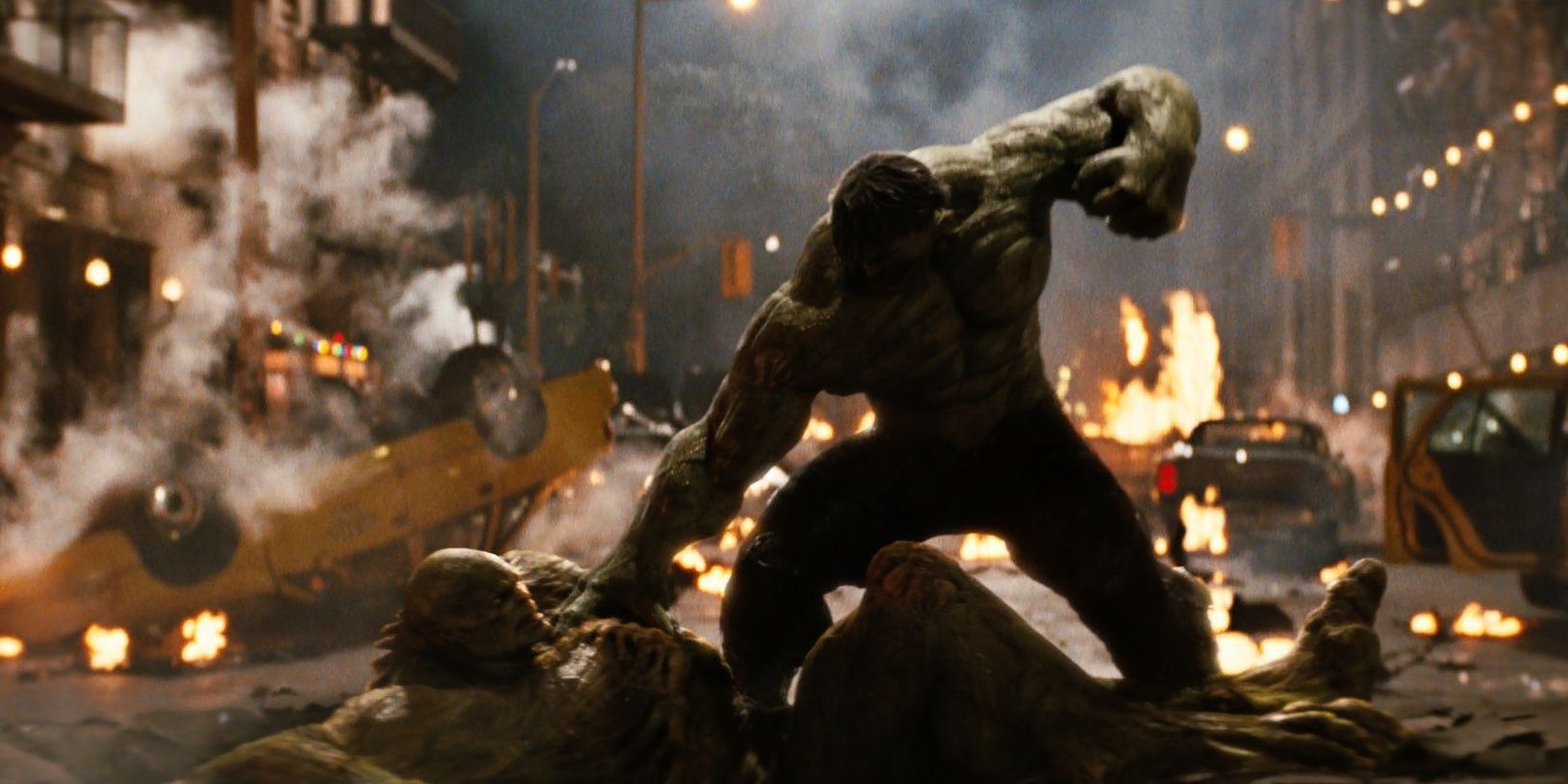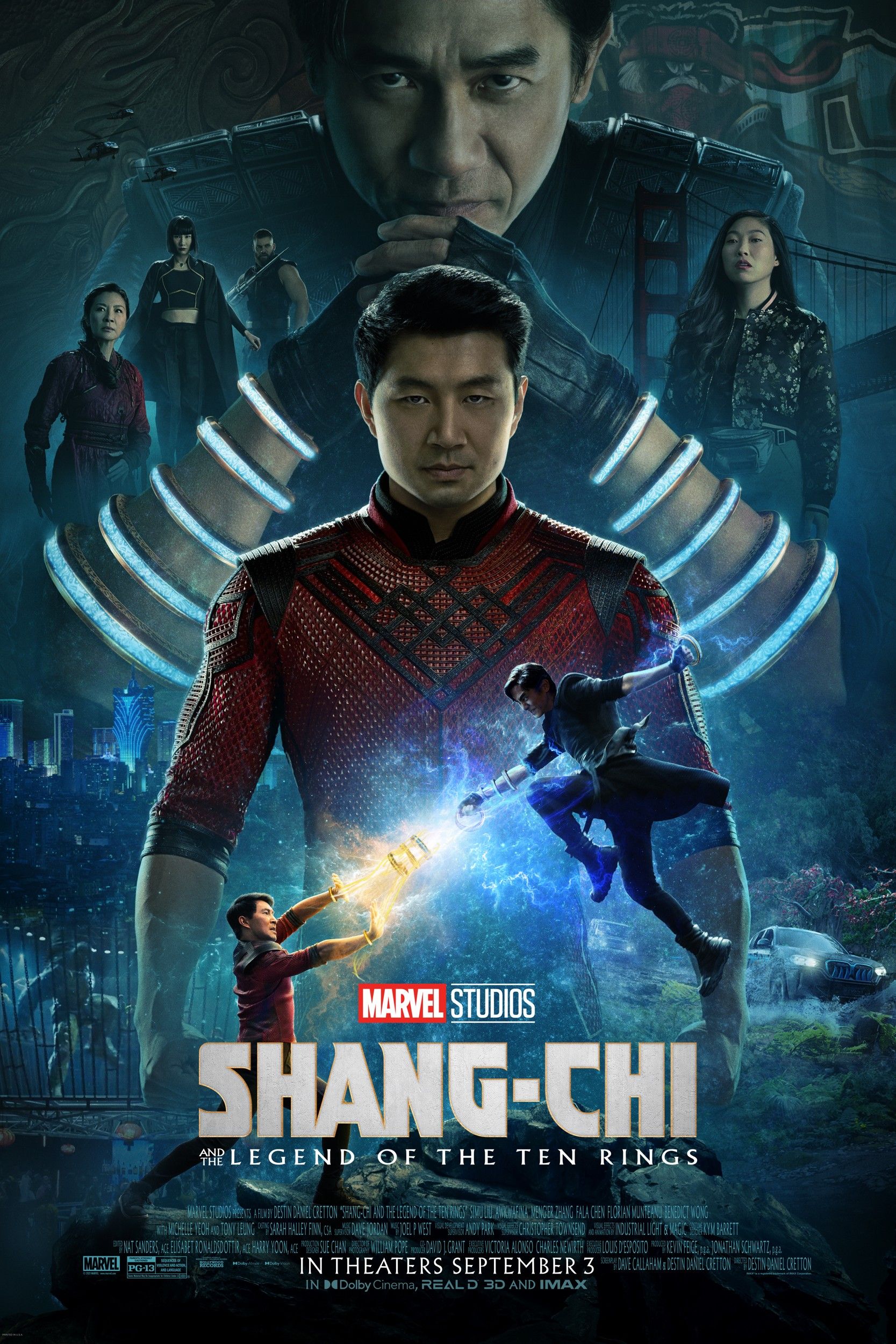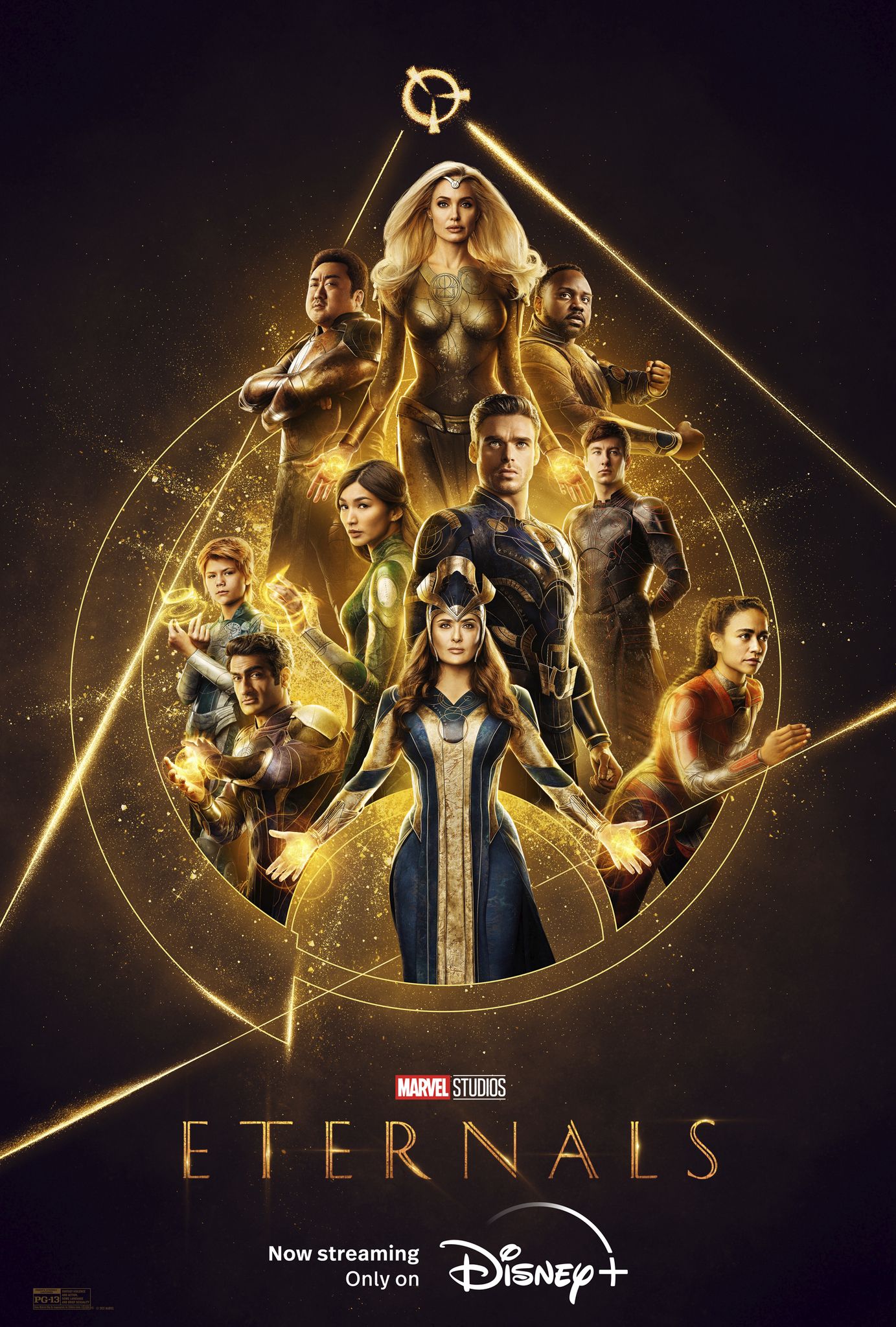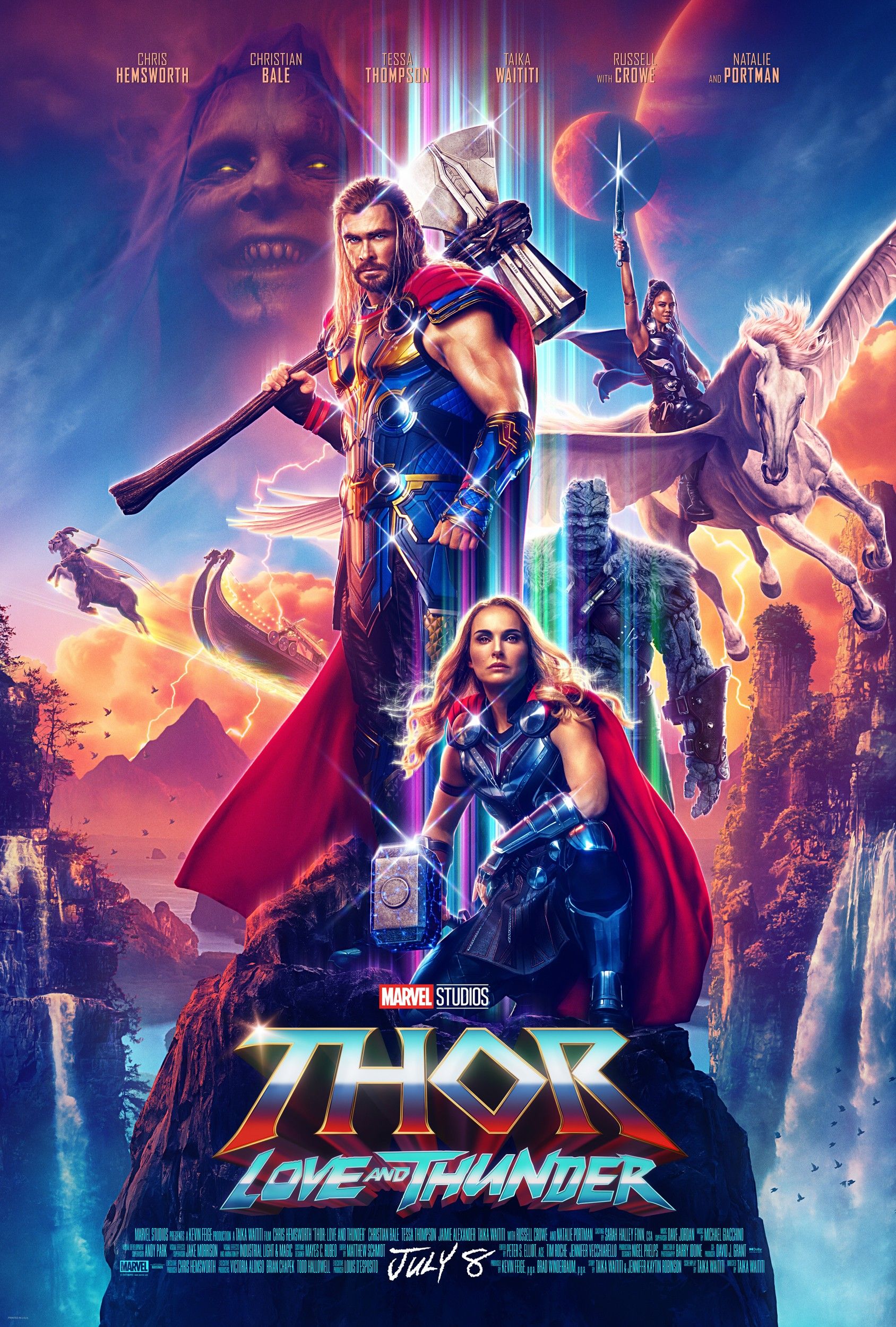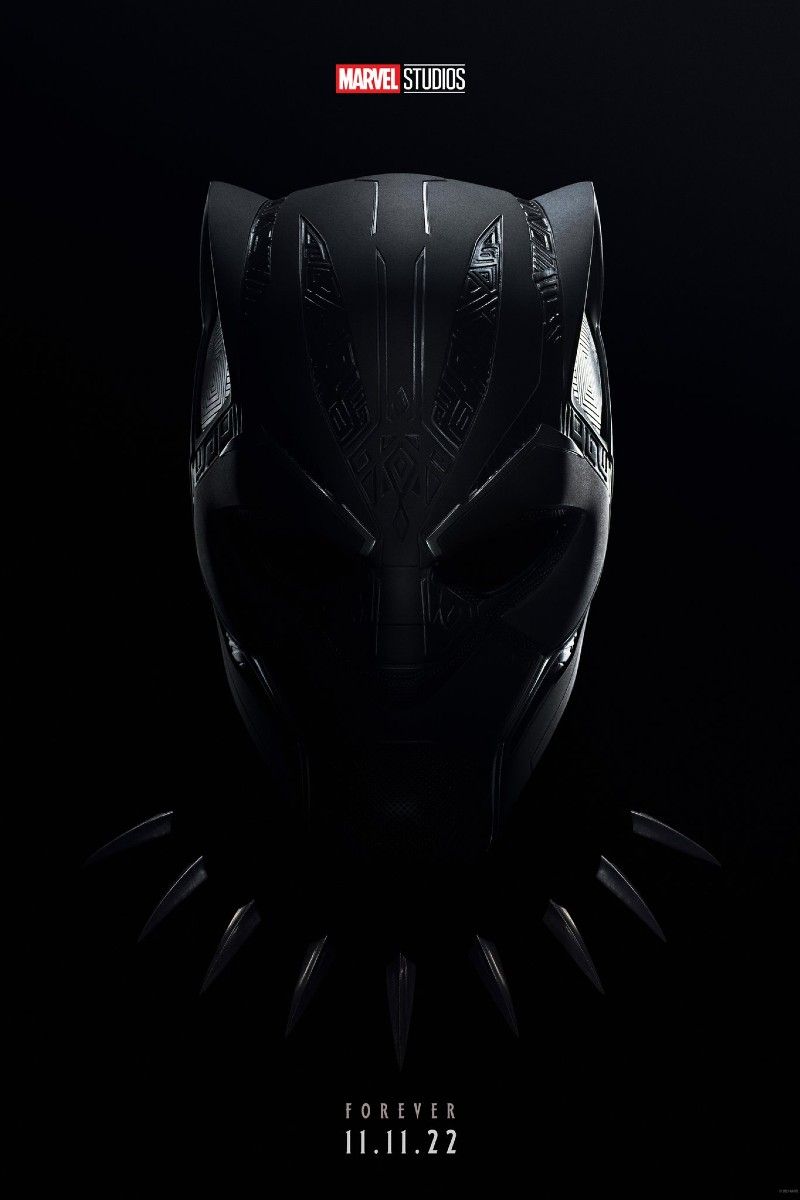Black Panther's sister Shuri is attempting to create super-soldiers in the aftermath of Avengers: Endgame. It's easy to forget given everything that's happened since, but 2018's Black Panther plunged Wakanda into chaos. Since time immemorial, the nation of Wakanda has been protected and championed by the Black Panther. Each Black Panther is granted power by ingesting the Heart-Shaped Herb, a flower that has been granted strange and unusual properties due to Wakanda's vibranium-rich soil.
But Killmonger destroyed the ceremonial stocks of the Heart-Shaped Herb during his brief reign. Unless more can be found, it looks as though T'Challa will be Wakanda's last Black Panther, and the mantle can never be passed on. Naturally, Shuri and her Wakandan Design Group are viewing this as an absolute priority. They need to find a way to ensure there can be succession. Marvel Studios has just published The Wakanda Files, a collection of in-universe records pulled together by Shuri as she attempts to find an answer to this problem - and it seems she's taking an innovative approach.
Rather than focus exclusively on the Heart-Shaped Herb, Shuri is casting her net wider and attempting to discover other ways to create super-soldiers. Indeed, that's the primary reason Shuri has collected these files in the first place; in order to understand how super-soldiers are created, so she can duplicate the process. "If we are to synthesize, and by process improve upon, an ancient Wakandan herb, we must first study supplementation where others have tried and succeeded," she notes. "And also, where they have failed." To that end, she focuses particularly upon Captain America, the Hulk, the Abomination, and even Extremis from Iron Man 3.
Intriguingly, Shuri identifies one commonality - radiation. As she notes, almost all successful super-soldier projects involve a significant dose of radiation.
"[The Red Skull's] transformation failed because his serum lacked radioactive exposure. Rogers was exposed to Vita-Rays. Banner became a massive rage monster because he was exposed to gamma radiation. It is likely that Zola utilized gamma radiation from the Tesseract to enhance Barnes. [Hydra] figured out a way to expose subjects to whatever cosmic rays the Mind Stone emits and it transformed them.
How is massive amounts of radiation linked to superhuman abilities? Does the Mind Stone emit a type of radiation? The heart-shaped herb produces the same enhanced effects without the need for radiation. So where do the two methods diverge and what links them?"
It's interesting to note that, for all her genius, Shuri has actually missed the connection. It is true that no radiation is involved in the Black Panther transformation; but the Heart-Shaped Herb has its own unique properties precisely because of the radiation emitted by vibranium. The link is still there, unrecognized by Shuri, simply because it is a little more indirect.
Of course, in the real world there is a simple reason for this. The majority of the MCU's superheroes were created in the 1960s, when the Cold War was at its height. Everybody feared the possibility of an atomic war, and nobody really understood what the consequences would be. Cosmic horror and sci-fi films told tales of radioactive monsters, giant lizards, mutated bunnies, and the like. Naturally, Stan Lee and his fellow Marvel creators tapped into the idea of radiation as the source of superheroes as well. The Fantastic Four were exposed to cosmic rays, Bruce Banner was caught in a gamma blast, Peter Parker was bitten by a radioactive spider; these heroes felt oddly grounded in the real world precisely because they reflected the fear about what radiation could do to a human being. Now, decades later, that fear is a lot less pressing - and so the MCU may well need to take a subtly different approach.

